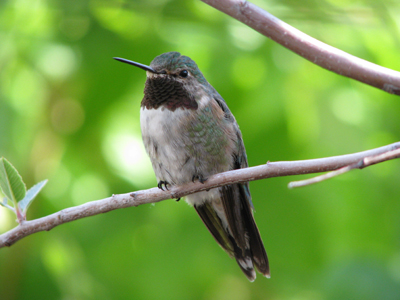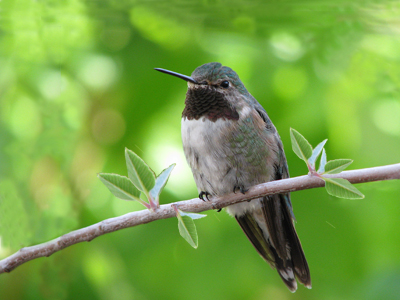|
Choosing A Subject
There are many factors that contribute to making a piece of art interesting and dynamic. The subject matter is NOT always one of these factors! Artists create absolutely wonderful and dynamic paintings of all manner of subjects. If YOU are interested in painting "something", then that "something" is a worthwhile subject for your artwork. You may want to ask yourself what it is about "something" that caught your interest. Is it the color or texture that you see? Is it the feeling or emotion that it evokes or does it symbolize something to you? Were you drawn to it because of intricate detail, large shapes, movement, or pattern? Sometimes knowing what excited YOU about a subject can help you to render it in a way that makes it equally as exciting for those viewing your artwork.
Some Thoughts About Composition
Composition is often the key factor to whether a painting is dynamic and visually appealing or not. Regardless of the technical skill of an artist, those that are true masters are also aware of the compositional elements in their paintings. As you improve your artistic skills, learn as much as you can about composition and analyze each painting before you begin it to see if there are ways to improve it's design.
Here are some basic questions to ask yourself before you begin a painting:
Are there unnecessary items in your composition that detract from the focal point?
Could items be rearranged to make the painting more interesting?
Is the center of interest appropriately placed? It is usually best not to have your focal point placed in the exact center of the painting and you should consider having more space in front of faces to add interest and to prevent a subject from looking too "boxed in".
Are the elements in the painting placed in such a way as to invite the viewer to "stay and look around" for a while? Master artists are aware of how the eye will move through their painting and they use placement and color to direct the path of the viewers eye.
What colors should you use to give your painting the most impact?
Do you have a dynamic subject, bright colors, bold contrasts, intriguing painting style or some other strategy to add some drama to your painting?
Here's An Example:
|

